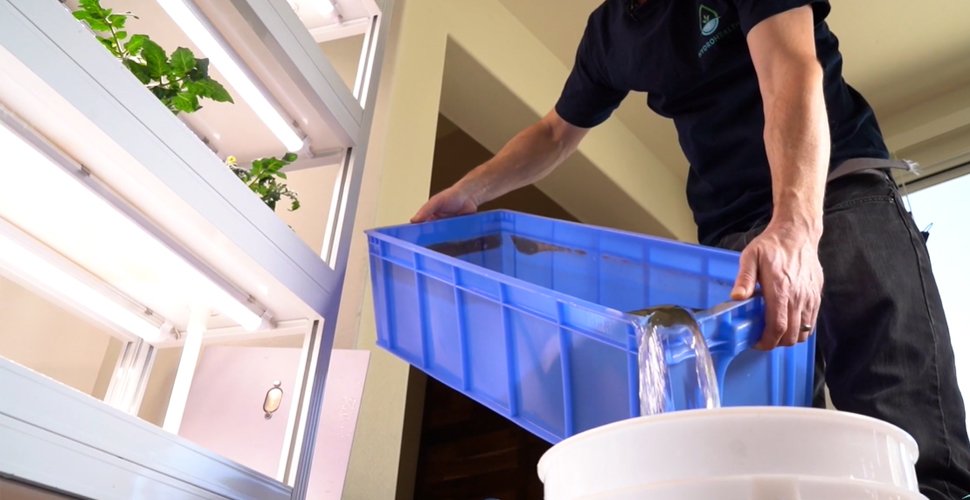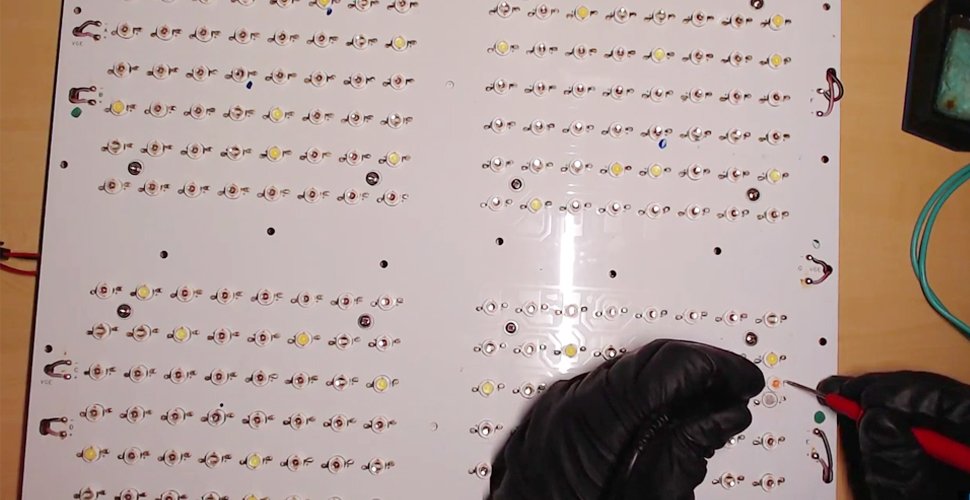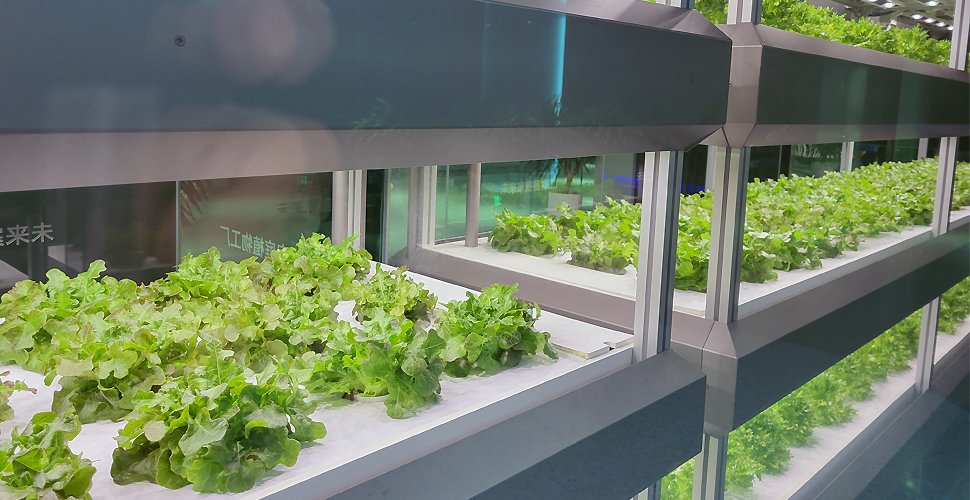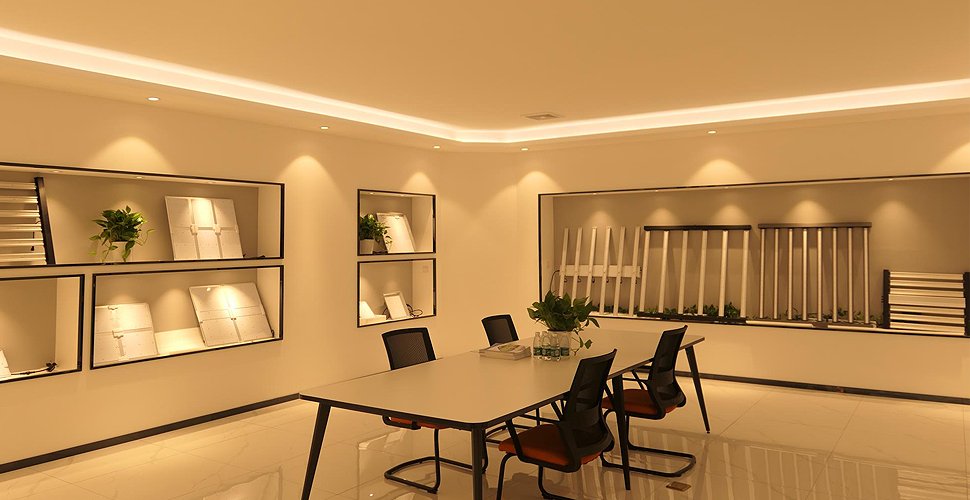How often do you clean your vertical farming system?
Just like any integral piece of machinery or equipment, regular cleaning and upkeep are imperative for its longevity and efficiency.
If the innovative Auxgrow’s vertical hydroponics system SG40 has caught your eye, you’re probably pondering on the best practices for its care and maintenance in the long run.
Delving into this, I am eager to share with you the step-by-step procedure and key insights on cleaning and maintaining the system after cultivating a fresh batch of vegetables.
Step 1: Preparation and Safety
Required Materials: A non-toxic cleaner suitable for hydroponics; a soft brush or scrubber; a clean cloth; freshwater; a safe disinfectant.
Turn Off the System: Please turn off the water pump and lights, ensuring a stable cleaning environment.
Remove Your Plants: If your plants are healthy, temporarily relocate them to a safe area. If you’re starting a new batch of plants, make sure to remove the old ones.
Step 2: Draining the System
1. Dismantle the Grow Tray
- Order of operation is Start from the top layer.
- Pull out the water pump tube from the top.
- Gently tilt and lift the growing raft out.
2. Move the Grow Rafts
- Next, lift the growing raft by hand and tilt it.
- As you tilt it, the water will naturally flow through the designated exit hole, seamlessly traveling down the attached pipe to the subsequent level.
- Detach the interconnecting water pipe between this level and the next.
- You will find a small residue of water at the bottom of the growing rafts. You can pour it back into the water tank.
- Follow these steps for every layer.
3. Check for Signs of Algae or Mold
Regularly inspecting the water tank and pipes is crucial in preventing potential issues.
Step 3: Scrub and Clean
We can use a brush to clean the water pipes, water tank, water trough, and grow trays, and then wipe them clean with a cloth. If necessary, disinfect with a safe disinfectant. However, it’s essential to rinse thoroughly with clean water.
Step 4: Restart the System
1. Reinstallation
- Once the cleaning process is done, we can put the water pump back into the water tank.
- Place the water trough tray back into the equipment.
- Attach the water pump tube from the top layer.
- Gently slide the customized board back in place.
- Lastly, ensure all the water pipes connecting the layers are securely reattached.
2. Refill with Fresh Nutrient Solution
- Add a fresh source of water to the tank.
- If you’re starting a new planting cycle, you’ll need to select or adjust the nutrient solution accordingly.
- If you plan to use the same crop, top up the tank with the nutrient solution using the same ratio as before.
- Use a pH meter and an EC meter to measure the solution’s concentration is appropriate for the current growth stage of your plants.
3. Restart the Hydroponic System
Now, you can switch on the water pump and make sure the water is circulating smoothly. Then, turn on the lights and other system components.
Another Way: No Need to Dismantle the System
Do you find it troublesome to disassemble the entire system? While it might seem cumbersome at first, the ability to disassemble offers a distinct advantage.
It’s a game-changer for gardeners who place a premium on cleanliness and those who frequently rotate their crops with the changing seasons.
If you’re looking for a quicker solution, there’s an alternative cleaning approach worth considering. This method might be the perfect fit for those seeking efficiency without compromising on the system’s hygiene.
Can Nutrient Solution be Reused?
I’ve often been asked about the feasibility of reusing the nutrient solution following a complete growth cycle of vegetables. And I can say with certainty that it cannot be used again.
Once the vegetables are fully grown and ready to be harvested, the concentration of EC value in the water tank’s nutrient solution increases significantly.
Introducing new seedlings to this enriched environment would be detrimental; they can not handle such an intense level of nutrients.
Moreover, reusing the solution would mean offering your tender seedlings an unbalanced nutrient mix, leading to poor growth in your next round of planting.
Jayes
Sem stafrænn markaðsstjóri hjá AUXGROW sameinar Jayes ástríðu fyrir vatnsræktunarkerfum og sérfræðiþekkingu í LED vaxtarljósum. Með praktískri reynslu og djúpum skilningi leiðir Jayes þig í gegnum heim sjálfbærrar ræktunar.






